Blog

You can add your own images from excursions, museum or archive visits to your own image database (“My Uploads”) in prometheus, link them to objects, use them directly in your own image collections or share them with other users and make them available to everyone after editorial review in the sense of quality assurance on the part of the prometheus office.
In each of these image files some technical data are stored, like file size, file format, the image size in pixels and – if activated – geo references. They are read out during upload and displayed to you below the respective thumbnail. Further meta data like dating, genre or material can be added later or can be determined more precisely, like the geo references via the integrated „MapQuest“.
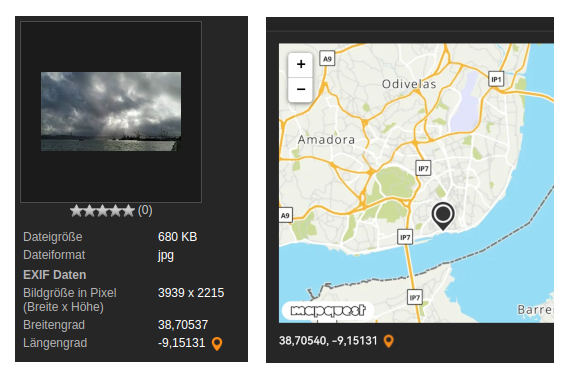
In the continuous maintenance and further development of prometheus, our focus is on improving your work in the image archive and thus increasing your satisfaction. To achieve this, we rely on various analyses, data and facts, as well as the use of different evaluation methods. After using structured, semi-structured and open interviews in the past, we decided to use an online questionnaire this year. This means that we now need your opinion, in which we are very interested. Many thanks in advance.
prometheus – Survey 2023
(Please note: the survey is in German but you could use e.g. DeepL or another translator of your choice. The more participants the better! We are interested in everyone’s opinion).
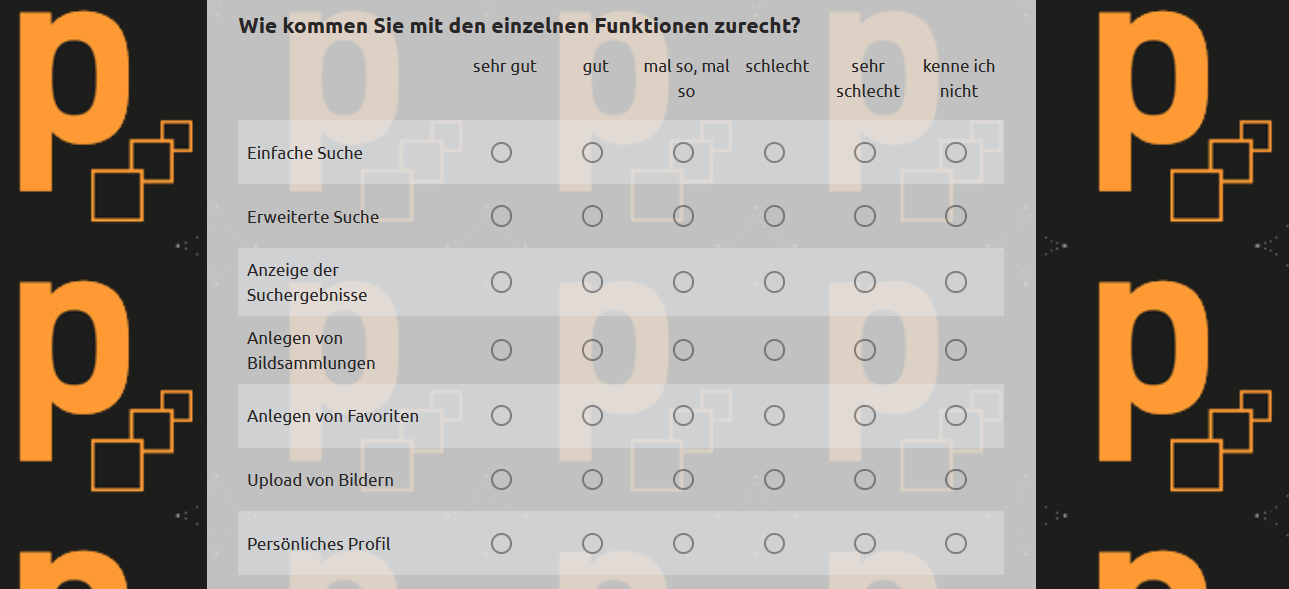
Also in this area we have taken the necessary measures for the security of your data, which we receive anonymously. We will inform you about the evaluation of the results and the next steps here soon.
To optimize work on the image archive, for example, when it is not available for updating, we use the analysis tool „Matomo“ in the background. When looking at the graph of the last visits to the image archive, the choice therefore fell on Friday last week, in coordination with the working hours at the computer center of the University of Cologne:

“Matomo” is an open source platform, formerly Piwik, which we have been running on our own server since mid-April. This gives us data about your usage and ensures that the data collected is not used by third parties. An overview shows us that most visits take place in Europe, and here in Germany. Now this is not surprising for us and probably not for you either. But maybe the other countries?
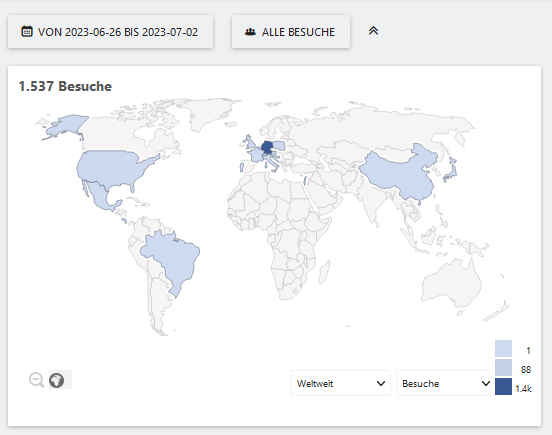
We will now increasingly use the anonymously detailed reports that “Matomo” provides us with about the visitors to our website and the image archive to optimize our offering.
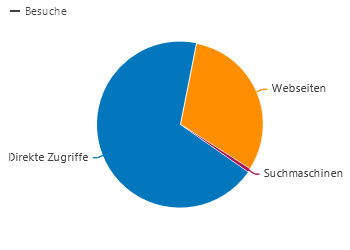
As announced in March, you can now upload your images from your own image database, after an editorial review in terms of quality assurance by the prometheus team, for everyone in the image archive. To do this, you need to put a check mark in the editing mode of each image:
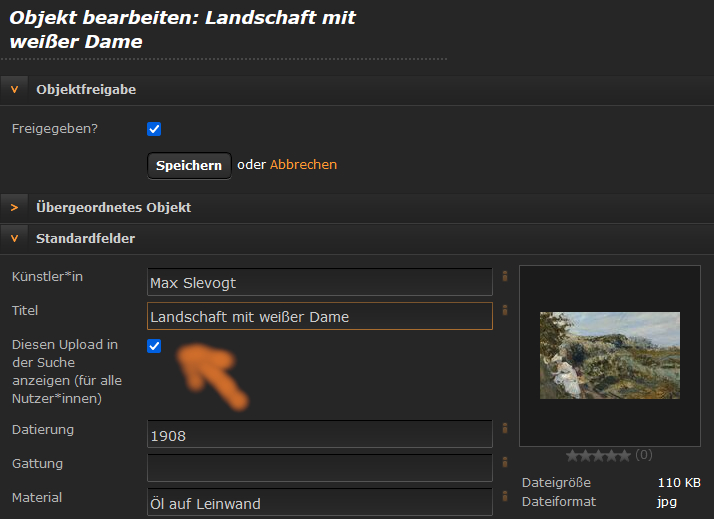
When you search for it in the database….

…you and everyone else will see the images in the result list.
For all images that you upload in the future, the check mark is already set at this point.
But of course, you can switch off the function there at any time.
After “Musée du Louvre” and “Musée d’Orsay”, the collection “Musée National D’art Moderne” of the “Réunion des Musées Nationaux – Grand Palais photo agency“, RMN for short, is now also integrated in prometheus, with 4,936 records.

Inaugurated in 1977, the Centre Pompidou is a multidisciplinary cultural institution whose collection of modern and contemporary art includes some 100,000 works from the 20th and 21st centuries.
In 1986, the national museum “Musée d’Orsay” was opened in Paris to show the great diversity of artistic creation in the Western world between 1848 and 1914. It houses national collections that come mainly from three institutions:
1. from the Louvre Museum, which houses works by artists born after 1820 or who emerged in the art world during the Second Republic,
2. from the Musée du Jeu de Paume, which has been dedicated to Impressionism since 1947, and
3. from the National Museum of Modern Art, which exclusively houses works by artists born after 1870.
With 66,434 records, these collections are integrated into prometheus as the next museum image database: “RMN Musée d’Orsay”:

Online, the open, free, multilingual and secondary database Wikidata for collecting structured data can be created and maintained by everyone together. Last year, we also initially added Wikidata search links integrated to prometheus and a few months later the ability to add the associated Wikidata ID to each image at the artist’s fields.

By the way, clicking on the pencil also allows you to make a correction. The edit function is planned for the “Title” and “Location” fields too and it will be available in the next weeks.
These Wikidata links, the existing ones and the created ones, will each take you directly from the image archive to the corresponding norm data in Wikidata. And you can search for the Wikidata IDs in prometheus.
If you want to know more about Wikidata, we recommend the next events from our schedule:
05/11/2023 kuwiki: tips & tools #6: Wikidata, online
05/11/2023 How can we use Wikidata & Co. and what do we give back? online
05/17/2023 Wikidata: practice to get started, online
Many of you have personal access to prometheus, with which you can create image collections, rate and comment on images, designate favorites and upload your own images to your own image database.
With this personal access, you can also add and update your profile if, for example, you want to use a different email address or if you have changed institutions for the new semester.
You can get to your profile by clicking on your name, top right:

On it, you can see your your name, email address,… Another click on the pen next to your name in the top right corner and you can change this information or change your institution or license. This way, you can access your content and favorites even after the change.
In the List of licensed institutions you can check whether your (new) institution is (currently) one of them. If so, select it, save the information and you will belong to the new institution. Your administrator can find you there, for example to extend your access, since all personal access to prometheus is limited in time. Administrators or the office determine the respective period. You will be notified by e-mail four weeks before the validity expires and you can contact the person responsible for the administration, who is named in the e-mail, for the extension (with a current semester certificate) or, as an administrator, contact the office.
If your personal access has already expired, it may still be possible to reactivate it with all your personal settings. Please ask before you create a new account and have to redo your work in the image archive. We’re happy to help.
With 196.372 records, the next image database is integrated in prometheus and has been available for a few days now: „RMN Musee Du Louvre“:

The collections of the Louvre include occidental art from the Middle Ages to 1848 as well as the art collections of the formative ancient civilizations and Islamic art. We hope you enjoy discovering them!
If you want to publish images that you have found in prometheus, there is a link to the image rights of the selected image directly on the image at the bottom of the left bar: §.
There, you will receive information on the image rights to the respective work (1.a.), the respective photo (1.b.), photo credits (2.) and the image database from which the work in the image archive originates. Since the publication permissions cannot usually be obtained directly from prometheus, as prometheus itself does not own any image rights, you will also find instructions there on how, with whom and where you can clarify the publication rights.

If you see § with an asterisk – §* – in the left bar below, you can obtain publication approval there via a direct link, for example for images from the bpk – picture portal of art museums, picture agency for art, culture and history, Prussian cultural heritage foundation , Berlin. Indicate what type of publication you intend to use this image for, fill out the form and submit.








